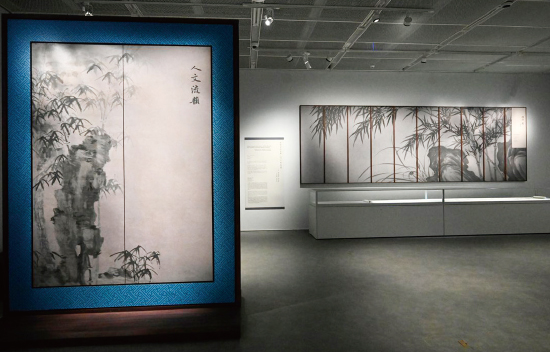West Kowloon Cultural District (WKCD) is a major cultural infrastructure investment of Hong Kong, housing major cultural venues, including Xiqu Centre, M+, and Hong Kong Palace Museum which have already opened and further lifting Hong Kong’s position as an international cultural capital.
Betty Fung: Crafting a World-Class Art and Culture Hub
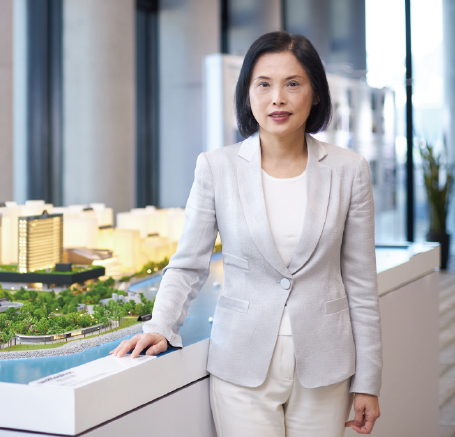
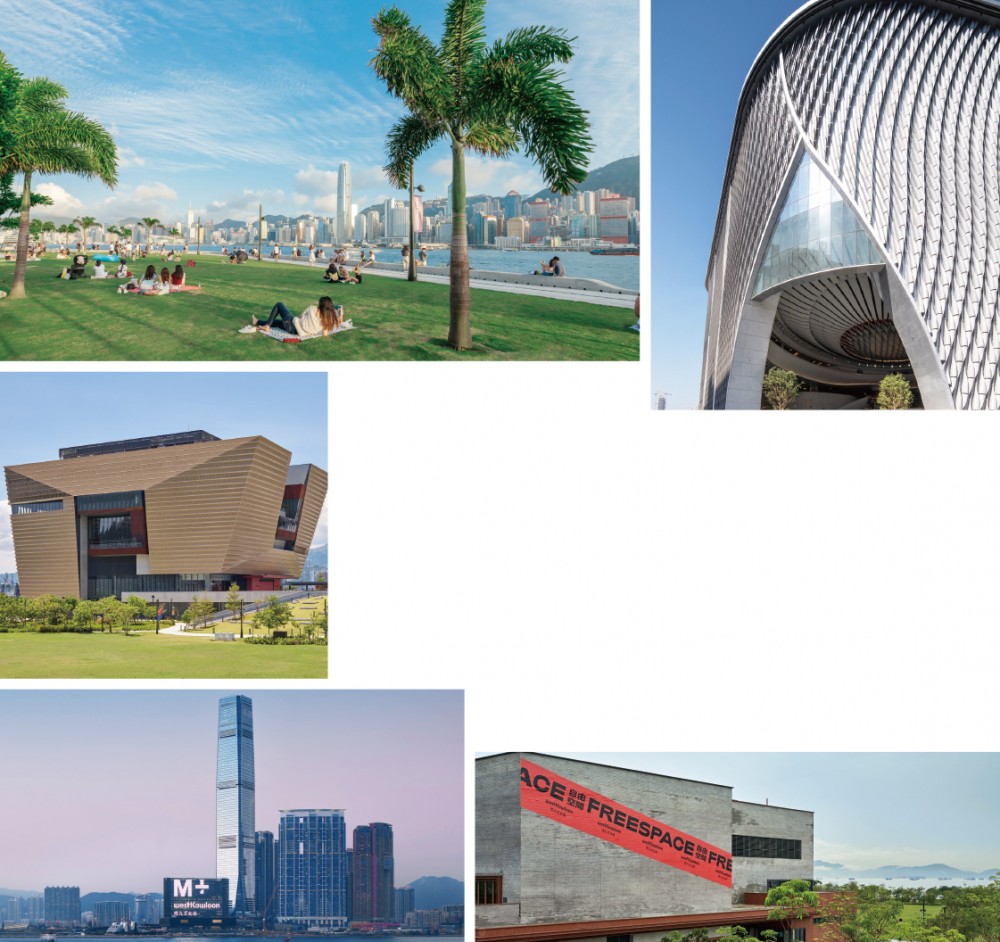 Betty Fung, Chief Executive Officer of West Kowloon Cultural District Authority, stressed that WKCD has what it takes to grow into the world’s leading integrated art and culture metropolis. Undoubtedly, this will solidify Hong Kong’s new position as an exchange center for local and foreign culture and arts.
Betty Fung, Chief Executive Officer of West Kowloon Cultural District Authority, stressed that WKCD has what it takes to grow into the world’s leading integrated art and culture metropolis. Undoubtedly, this will solidify Hong Kong’s new position as an exchange center for local and foreign culture and arts.
When art inspiration meets business creativity
Fung pointed out that the HKSAR government is riding on WKCD’s support to foster the growth of Hong Kong’s culture and art. WKCDA has been working towards its mission and constructing world-class museums and performance venues, organizing top-notch art and culture programs originating from different parts of the world and actualizing the objective of promoting art, nurturing talents and building audiences.
Art and culture promotion is a long-term task, and its sustainability depends on the integration with business strategies. Fung noted that the WKCD must leverage on its art and cultural assets and business potentials to formulate holistic business and revenue strategies. By doing so, elements that inspire art, culture and business creativity can be incorporated to develop true brand value.
Unique cultural characters expressed through landmark architecture
Fung believed that the landmarks of a city do not only manifest its economic strength but also illustrates its unparalleled cultural charisma. She said, “Hong Kong is a metropolitan with a unique cultural background that marries the cultural quintessence of the Eat and the West.”
Fung highlighted that a number of art and culture landmarks have been built at WKCD in recent years. Art and cultural facilities are deliberately incorporated into the public space during conceptualization. On the other hand, the recently opened Hong Kong Palace Museum features a look that converges the finest essence of China’s ancient artefacts. The space is planned to respond to one of the major characteristics of the Forbidden City, i.e. “the concept of the central axis”.
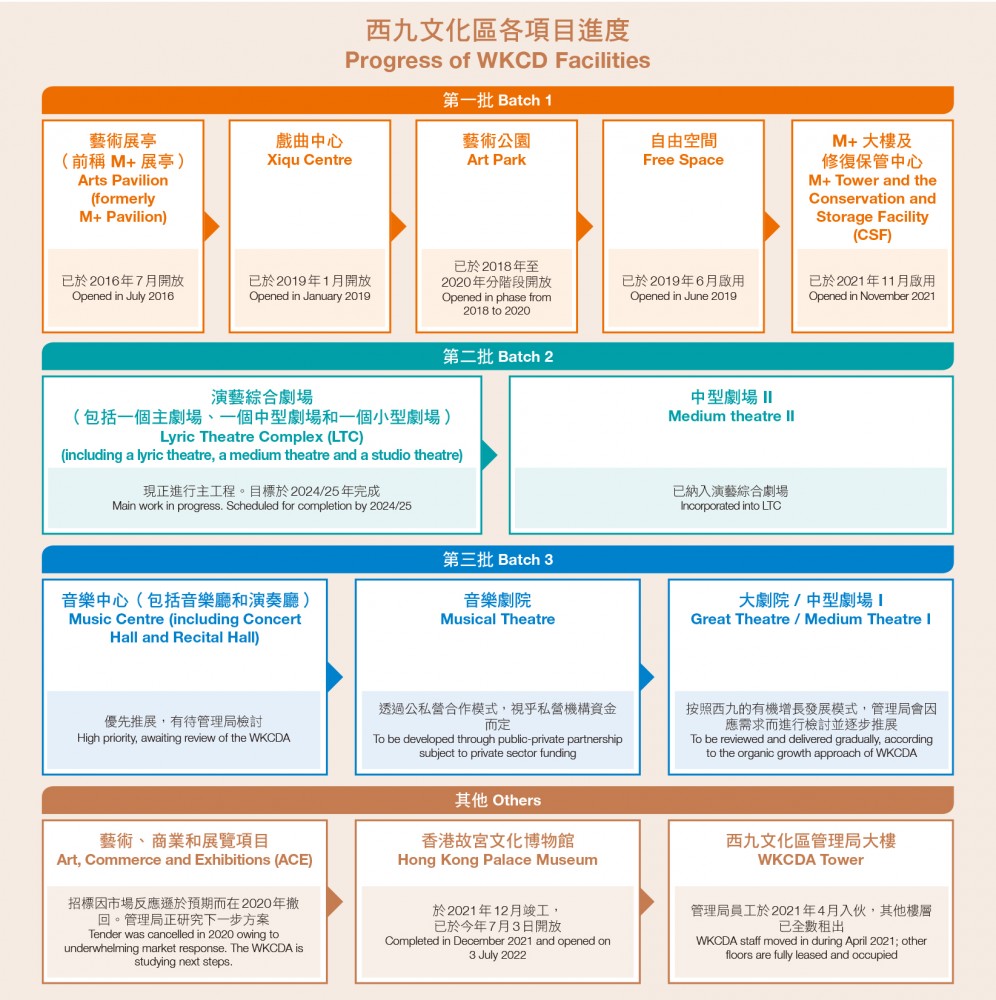
Exploring collaboration with art and cultural organizations in nearby cities
Operation and short-term revenue are inevitably affected amidst the challenges of COVID. That said, the utilization rates of Xiqu Centre and Freespace are 74% and 80% respectively. Sales on food and retail has increased 80% over the past two months. Fung is confident that the business at WKCD will perform better in the post-COVID era.
Tsim Sha Tsui has been the home to the Hong Kong Museum of History, Hong Kong Museum of Art, Hong Kong Cultural Centre, etc. Fung reckoned that Tsim Sha Tsui could form a museum cluster and is expected to bring visitors a one-of-a-kind cultural journey. “In addition to promoting through travel and social media, we could also explore more collaboration opportunities with GBA museums and art and culture organizations. These could enhance public visitors’ awareness and interest in the art and culture of the East and the West.”
Louis Ng: HKPM Aims to Boost Hong Kong’s Culture, Education and Economy
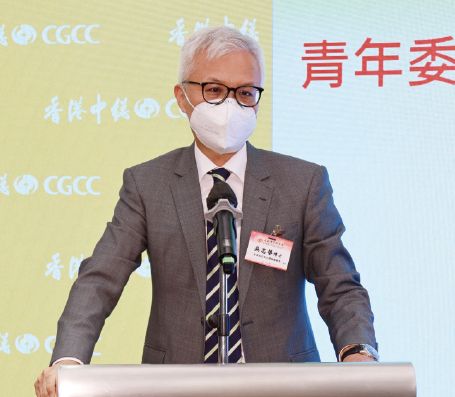
As a museum can lead to a transformation of a city’s temperament, the recent opening of the Hong Kong Palace Museum (HKPM) in the West Kowloon Cultural District has attracted wide attention.
Good outcome after five years in the making despite challenges
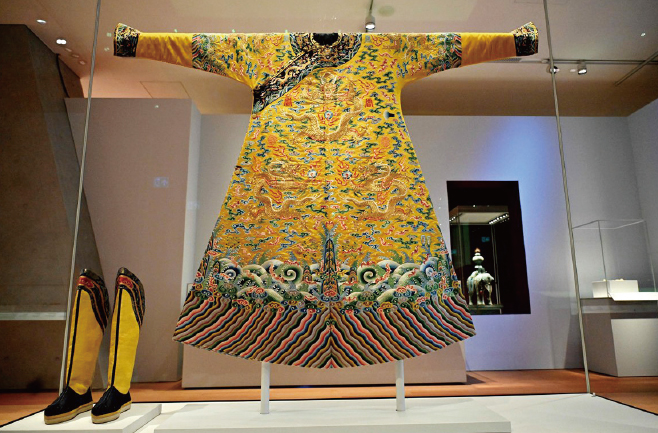 The HKPM became the talk of the town soon after it was unveiled in July. Looking back on the past few years, many of the challenges right from the start of the museum’s construction are still fresh in the mind of Louis Ng, Director of the HKPM.“During the violent protests, some construction materials could not be transported to the site due to road closures, so we had to switch to shipping them by sea.” Another example involves the museum’s display showcase glass, which was purchased from a company in Italy. “We wanted to have the best protection for the artefacts, but unfortunately the COVID-19 outbreak added a lot of uncertainty to the delivery of the materials.” Ng is very pleased that the HKPM was eventually opened to the public as scheduled and without overruns despite the many obstacles.
The HKPM became the talk of the town soon after it was unveiled in July. Looking back on the past few years, many of the challenges right from the start of the museum’s construction are still fresh in the mind of Louis Ng, Director of the HKPM.“During the violent protests, some construction materials could not be transported to the site due to road closures, so we had to switch to shipping them by sea.” Another example involves the museum’s display showcase glass, which was purchased from a company in Italy. “We wanted to have the best protection for the artefacts, but unfortunately the COVID-19 outbreak added a lot of uncertainty to the delivery of the materials.” Ng is very pleased that the HKPM was eventually opened to the public as scheduled and without overruns despite the many obstacles.
Precious rare artefacts need high insurance premiums
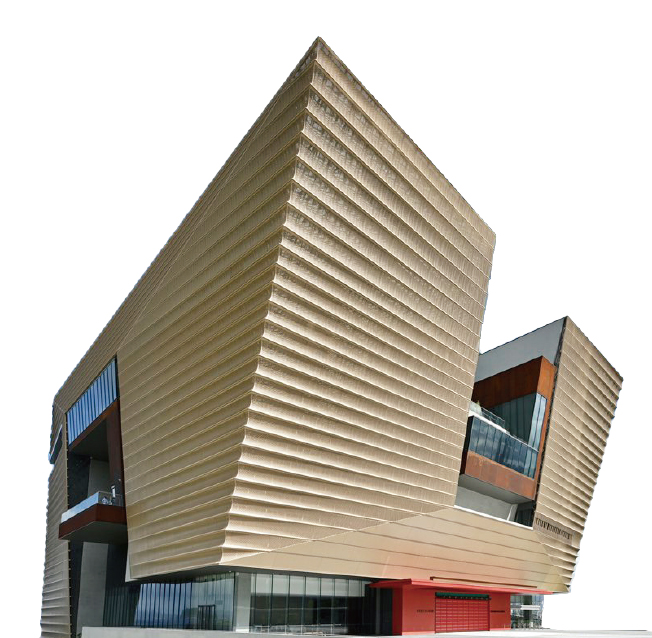 Ng revealed that some of the precious artefacts need to be exhibited on a rotating basis. This is because some ancient calligraphy and paintings on paper or silk, after being exhibited in Hong Kong, must be sent back to the Palace Museum in Beijing where they “hibernate” for several years as they are extremely sensitive to light, temperature and humidity.
Ng revealed that some of the precious artefacts need to be exhibited on a rotating basis. This is because some ancient calligraphy and paintings on paper or silk, after being exhibited in Hong Kong, must be sent back to the Palace Museum in Beijing where they “hibernate” for several years as they are extremely sensitive to light, temperature and humidity.
Since these exhibits are so precious, the insurance premiums for them are also extremely high. Hence, their insurance coverage must be underwritten by several companies. Other than the aforementioned, according to Ng, the HKPM is responsible for its own profits and losses, so the final decision was to charge a fee for admission to the museum after weighing all factors. However, he also stressed that admission to the HKPM is free to all on Wednesdays, and about 150,000 general admission tickets will be reserved for underprivileged groups.
Not a branch of Beijing’s Palace Museum
Ng does not want the HKPM to be just a branch of Beijing’s Palace Museum for exhibiting its artefacts. “I want to present the Palace Museum’s artefacts with a Hong Kong perspective.” He further revealed that since cultural exchanges are also a focus for its establishment, the HKPM will collaborate with foreign museums at a later date to exhibit artefacts from European royal families. It will also work with foreign publishing houses to publish books on calligraphy and paintings, which will be sold concurrently in foreign museums.
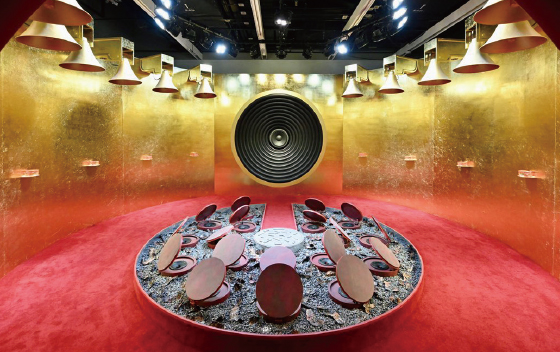 Education is also a major function of the HKPM. According to Ng, the HKPM features a Palace Academy on the lower ground floor and will consider launching a “mobile artefact hospital” in the future to introduce the restoration of artefacts to different schools and invite students to restore artefacts together.
Education is also a major function of the HKPM. According to Ng, the HKPM features a Palace Academy on the lower ground floor and will consider launching a “mobile artefact hospital” in the future to introduce the restoration of artefacts to different schools and invite students to restore artefacts together.
Ng also pointed out the economic value of the HKPM, eg, they can look for Hong Kong designers to design cultural and creative products with Hong Kong characteristics for the Palace Museum. He further disclosed that the HKPM will partner with the local tourism industry to organize local tours of the museum to prepare for welcoming foreign visitors in the future. “I hope that the HKPM could become a cultural and socio-economic platform for Hong Kong, serving different industries to bring benefits to its culture, education and economy.”
This is an abstract of the thematic luncheon on “A Comprehensive View of the HKPM” organized by the Chamber’s Young Executives’ Committee.
